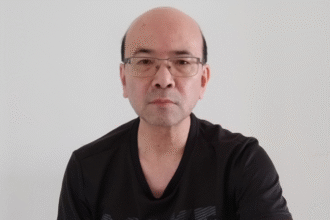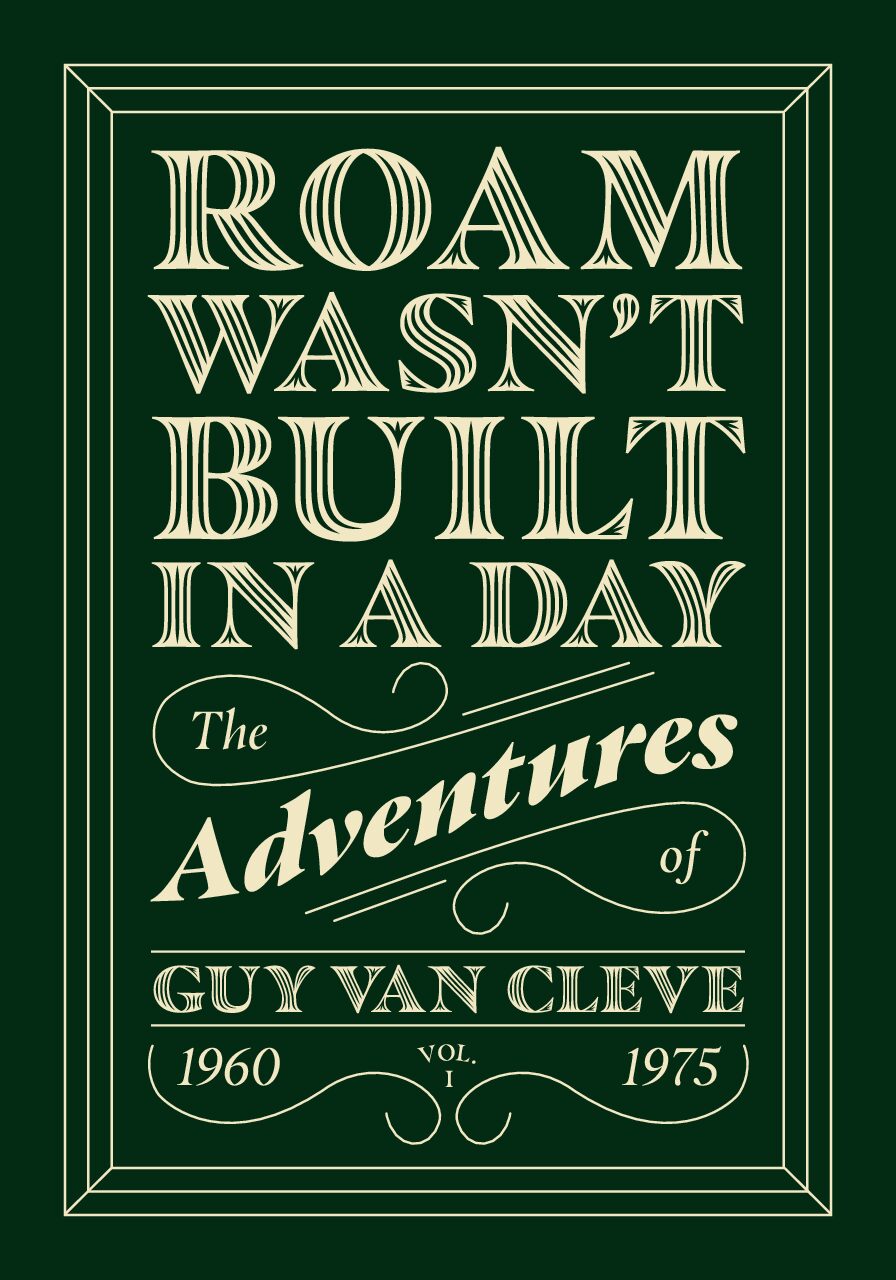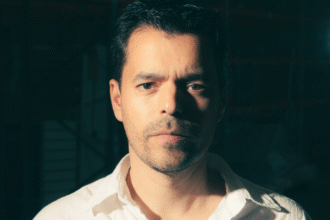By Claudia Cataldi – International Correspondent
Here’s what’s fascinating about working with luxury brands right now: after a decade of chasing mass-market tactics and logo-loud marketing, the savviest houses are quietly returning to the precise, heritage-rich rituals that made them iconic thirty years ago.
I’ve been in enough boardrooms lately to see the pattern up close: brands that abandoned their provenance in favor of influencer blitzes and fast-cycle fashion are being methodically punished by clients who still remember what true luxury felt like—discreet, human, and meticulously executed. The brands that never forgot? They’re minting outsized margins while everyone else frets about “market contractions.”
It’s like watching the automotive industry in reverse. Instead of sprinting forward with gimmicks, the winners are confidently rewinding to fundamentals that consistently worked—and still do.
Experiences Over Objects: The Gen Z Luxury Paradox
I’ve spent years analyzing Gen Z and Gen Alpha behavior and the most counterintuitive shift is crystal clear. These are digital-native kids raised on frictionless delivery and disposable goods, yet they’re hungry for experiences that are unrepeatable, un-Instagrammable, and unmistakably personal.
Working with a major European house last year, their cleanest data told a striking story: the youngest clients were spending three times more on exclusive events and bespoke services than on physical product. They don’t want more stuff; they want access—curated, hosted, remembered access their peers can’t buy.
It’s a return to the boutique at its best: a personal shopper who knows your name, your taste, your anniversary; a serene salon, a glass of champagne, and an hour where you are the only priority. That wasn’t “customer service.” That was relationship craftsmanship—and it forged loyalty that spanned decades.
Most brands killed that magic to shave costs and maximize transactions per square foot. A spectacular mistake.
Quiet Luxury: The Anti-Kardashian Correction
Finally—and I do mean finally—clients are exhausted by celebrity cosplay and billboard logos. The logomania that juiced growth for fifteen years is fading, fast. Across portfolios I’m watching the same migration. Clients gravitate toward exquisitely made, minimally branded pieces that whisper to those who know. It’s the return of if you know, you know—exactly how luxury operated before everyone tried to be mass-market.
Who’s thriving? The houses that never shouted: Loro Piana, Brunello Cucinelli, The Row. This is no accident. Discreet connoisseurship is back. Think of the neighborhoods I grew up near where generational wealth didn’t gold-plate the mailbox.
Here’s where many brands lost the thread and something I see in diagnostics constantly: they raised prices while quietly trimming quality, thinning service, and treating clients like line items instead of long-term assets. That math no longer pencils. People are paying Hermès prices for product that feels mid-market. White-glove is now gray-glove. The emotional dividend that justified premium pricing vanished in a haze of quarterly KPIs.
One storied house I advised watched satisfaction plunge 40% over five years while prices climbed 85%. Repeat rates cratered. Mystery solved! They had systematically dismantled every reason a client chose them beyond name recognition.
The Relationship Recession
Luxury clients now apply the same ruthless standards to brands that they apply to everything else: add real value or get cut. And value here isn’t just the object—it’s the way you’re treated before, during, and after the purchase.
Winners invest in relationships, not just CAC. They hire educated associates who can hold an elegant, informed conversation. They stage experiences that justify the positioning with thoughtful callbacks, impeccable aftercare, and remembered preferences. Everything today’s client demands is what the best brands delivered in the ’80s and ’90s, before private equity spreadsheets and fast-fashion logic invaded the category:
-
Quality-first product development. Build heirloom-grade pieces where ownership signals taste, not just spend. Let the craftsmanship speak; retire the megaphone.
-
Relationship-driven client experience. Connect individually. Make people feel singular via service levels that are high-touch, high-memory, and gloriously hard to scale. Lifetime value beats quarterly volume.
-
Authentic scarcity and exclusivity. Use small-batch production and considered availability—real rarity, not artificial “drops” engineered for fake urgency.
The Opportunity Hiding in Plain Sight
The playbook is obvious; execution is rare. Too many brands are still chasing social metrics and celebrity adjacency while their best clients crave something simpler, which is to feel seen, known, and genuinely special.
The brands that embrace this over the next five years will dominate their niches. It’s less about flashy innovation and more about disciplined excellence while returning to the impeccable details that originally earned trust. It reminds me of the restaurant world during the delivery boom.
The survivors didn’t game the DoorDash algorithm; they doubled down on dining rooms you had to visit—rooms with atmosphere, memory, and ritual. Luxury’s future belongs to the brave few willing to ditch mass-market tactics and recommit to relationship-centric, quality-obsessed, experience-focused fundamentals.
The irony? Everything they need to win, they already perfected decades ago. They simply must remember and rigorously re-execute the craft.
Christopher Olshan is Chairman and CEO of The Luxury Council. He is a sought-after authority on the changing luxury market and customer, the latest technology trends, and strategies for selling to ultra-high-net-worth clients across a global landscape. He specializes in brand partnerships, product launches, market entries, and distinctive client-acquisition opportunities. He has lectured at NYU Stern Graduate School of Business, LIM, Fordham University, FIT, Kent State and others, and has keynoted numerous global conferences. He believes relationships build successful businesses and is an expert at creating deep, enduring connections between senior executives. Luxury’s Great Reset: Why Yesterday’s Playbook is Tomorrow’s Strategy
Article written by Christopher Olshan*





